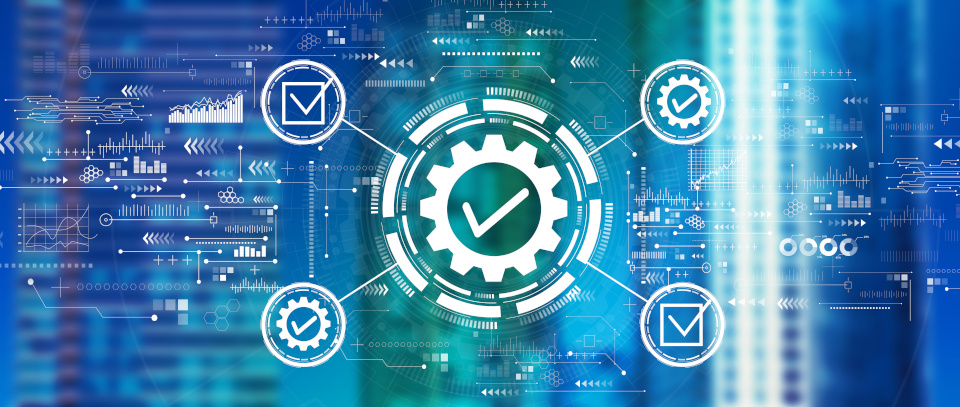WP1 - Robustness of Control / Decision Systems
Dernière mise à jour :
Control / Decision is at the heart of the life-cycle of autonomous systems (perception / decision / action). The robustness of control systems regarding disturbances and / or uncertainties of the model is a widely studied notion. WP1 studies robustness issues in control architectures of autonomous systems, which in order to reach a high level of autonomy integrate different control loops, failure and fault detection-recovery mechanisms as well as a decisional level allowing them to carry out tasks or missions by adapting to variations in the environment.
 Photo credit: ©Tierney Adobe stock
Photo credit: ©Tierney Adobe stock
Control/Decision is studied from the perspective of robust estimation of autonomous systems in open environments:
- by developing techniques based on formal methods (static analysis, model checking, theorem proving)
- by relying on predictive models integrating uncertainties, by probabilistic regression methods (Gaussian Process, MDP, Reinforcement Learning, robust learning transfer)
- by using model-based convex optimization (cinematic/dynamic analysis) techniques and techniques inspired by viability theory.
Formal Methods are classical means to ensure safety. Several directions are investigated in WP1:
- Formal specification and runtime model checking for task planning embedded software, or e.g. ROS (Robot Operating System)-based system (applied on the E-TRACT robot, see WP6 on agricultural robots);
- Knowledge Compilation: logic language for time/space trade-off regulation in order to implement runtime checking of robustness properties of a system;
- combine interval analysis and (static/proof assistant based)-code verifiction techniques for motor properties;
- guarantee motor properties on the basis of kinematic / geometric models, by (analytic or machine earning-based)-construction of maximal polytopes (applied to discrete contact robust locomotion).
Robotics is also an excellent framework to address issues in embodied artificial intelligence, considering that robots have a body. It is particularly considered in this field that several relations can be learned differently by taking into account bodily constraints and that a more precise account of reinforcement can be obtained by considering interoception of pain and pleasure, as it is considered in bio-inspired approaches.
In all of these learning-based methods, the robustness assessment will systematically explore fine-grain analysis and modelling of data within the context of rare data (Frugal IA). Also, with regard to data specifically, autonomous systems, and in particular mobile systems (transport, agricultural robots, drones) are likely to be a major source of data in the future. How do you manage this (hybrid character, transmissions, storage, access, standardization, etc.)?
Teams involved
LaBRI DART / AUCTUS / IMS CRONE/ LaBRI MTV / IMB OptimAI - ASTRAL / ONERA / LaBRI IA

